Architect’s Guide to Bootstrapping a
Software Project

About Me




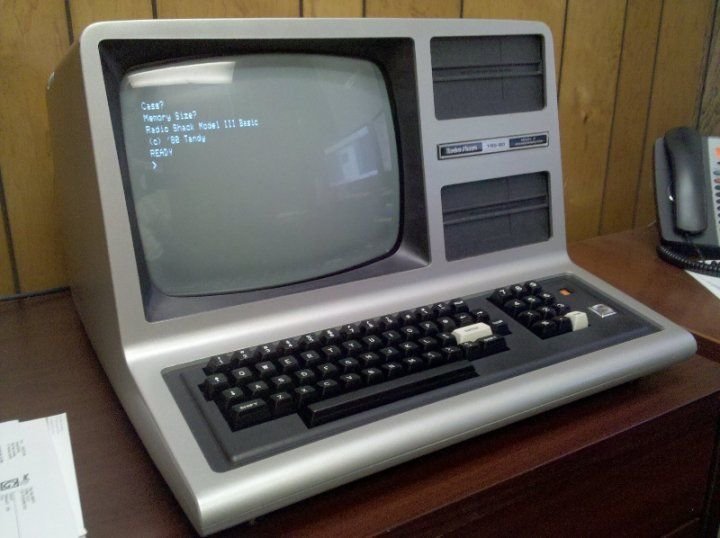
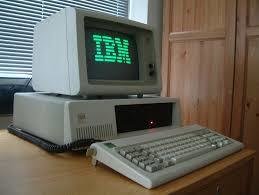




1st Career


About Me
2nd Career
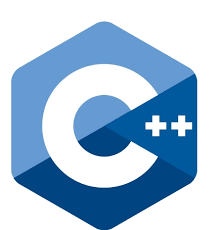

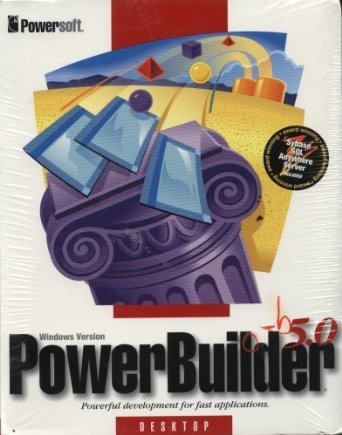
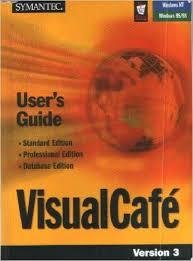
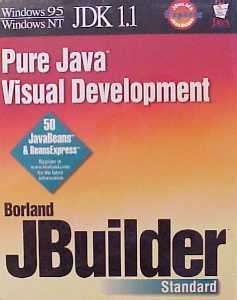


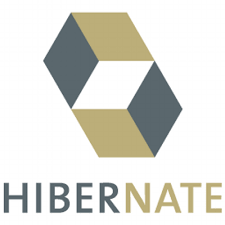
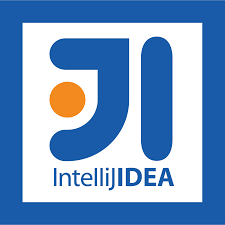
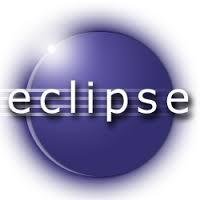
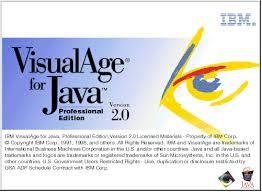

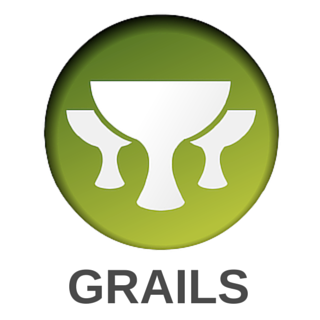
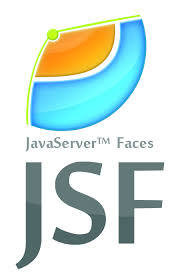
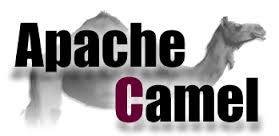
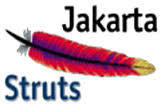

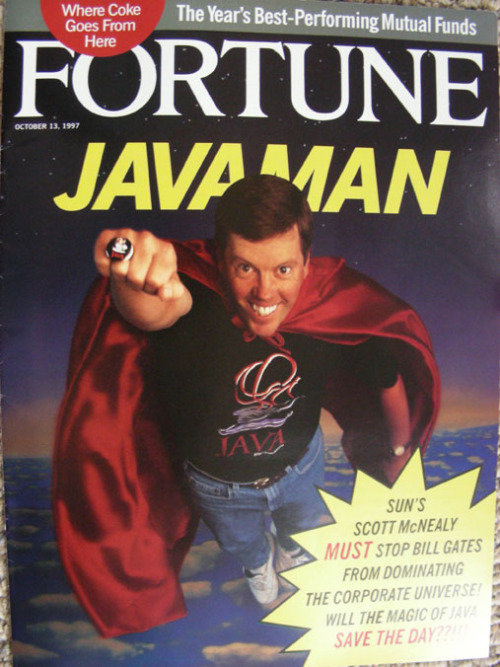
About Me
3rd Career?
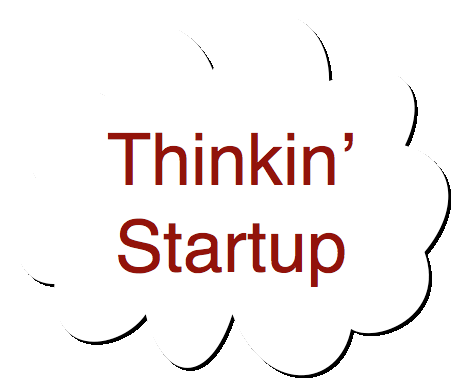
Architecture: "The things that are hard to change"
Or simply,
This talk is about application architecture, not as much enterprise architecture.
The important stuff, whatever that happens to be.
Ralph Johnson
Overview
- People
- Process
- Product
The Profit

http://bit.ly/1SdTRYG
Marcus Lemonis
serial entrepreneur
gazillionaire
Project
Architects straddle the line

between technology and business
This guy was an architect
who didn't care about the business

People
Stakeholders



We may think stakeholders are like this:

... but the reality is far different

We can help them help us better.

We just need to manage their expectations.
Misleading stakeholders almost always

leads to a change in status.
And never forget the 2nd Golden Rule:

"He who has the gold, makes the rules."
Stakeholder relations
- Don't take stakeholders for granted
- Always think about their interests
- Work to manage their expectations
- Under-promise and over-deliver to delight them
- Over-promise and under-deliver at your own peril
Project Managers

Project managers may seem friendly

but don't jerk 'em around!
Like stakeholders

we need to manage their expectations
It's far better to be transparent and open

than surprise them a week before release
Their success is driven by the project

not making them look bad
We need to mentor them a bit in the tech

to decrease the risk of misunderstanding
Program management relations
- Work to make them look exceedingly competent
- Help them understand the limitations of the tech
- Help them understand the inputs, processes and outputs
- Never use their technical ignorance against them
Developers

Architectural thinking is all about trade-offs

Developers are generally engaged in tactical thinking about solving a problem in front of them...
without regard to the enterprise and architectural concerns
They should be thinking tactically while minding strategic goals
Architects know developers well
because we started out as developers
HBO's Silicon Valley
This background makes us ideally suited to

do it all wrong when working with them
"I'm the architect and you're just a developer"

"I'll do the thinking, you do the coding"


"I'll stay away, then parachute in to save the day"

Just remember the first Golden Rule...

Most developers really want to learn more

Create a culture of learning to foster a passion for our craft
They don't want to be talked at or down to
Create a collegial culture where everyone contributes and benefits

Developer Relations
- Clearly define and honor architectural boundaries
- Don't make decisions that add to developer's pain
- Be an active coder to experience & alleviate their pains
- Don't always try to prove you're the smartest on the team
- Help make the developers smarter
- Invite them make you smarter
- Every day, groom them to take your job
- Be the humble servant, not the master
Users

The sad user story
- We rarely use our own software
- BAs & Product Owners are often user proxies
- Stakeholders may act as user proxies
- Yet, we may never meet a real user
When real users are unavailable

Construct a persona for a typical user
Personas
- Imagine a particular user of the application
- Be specific about that user's demographics and attitudes
- What does that user expect?
- What would delight that user?
- What would frustrate that user?
We should always prefer a group of real users to personas
even though real users can be a pain in the backside!
Another thing about users is

they demand more, but hate complicated
User relations
- Those pesky users make or break an app's success
- Get to know some real users
- Delight them when you can, but never disappoint them
- Help shape their expectations
- Remember: The customer is always right
Us


If I just think about it long enough, I can ...

... do a great Big Bang architecture design
http://bit.ly/1Sp3nby
Problem with an upfront Big Bang design is
we know least about the problem at start

- Loosely coupled components are deployed
- Features are released
- Application is about routing between components
Favor an
evolutionary architecture
Defer architectural decisions until the last responsible moment
Venkat Subramaniam
Physician, heal thyself
-
Even if you are the smartest person in the room, don't keep trying to prove it to everyone
-
Help define, then accept, limitations of your role
- No one cares on which line you think curly braces should go
-
Almost everyone cares why you made a particular architectual choice
- Document justifications to avoid Ground Hog day anti-pattern
- Accept that you will be constantly second guessed
- In the end, your job is to help make everyone else successful
- Be the humble servant, always grooming developers to take your job
Process

Decision fatigue refers to the deteriorating quality of decisions made by an individual, after a long session of decision making. It is now understood as one of the causes of irrational trade-offs in decision making.
https://en.wikipedia.org/wiki/Decision_fatigue
Decision Fatigue
The risk of a wrong decision is preferable to the terror of indecision.
Maimonides
Technical debt’s effect on software development is roughly analogous to friction in mechanical devices.
https://www.computer.org/csdl/mags/so/2016/01/mso2016010066.pdf
Friction
When you keep hitting walls of resistance in life, the universe is trying to tell you that you are going the wrong way. It's like driving a bumper car at an amusement park. Each time you slam into another car or the edge of the track, you are forced to change direction.
Automation
If it hurts, do it more frequently, and bring the pain forward.
Testing leads to failure, and failure leads to understanding.
Burt Rutan
development
Choose an agile development process...

There's less uncertainty about what we're doing
It provides mechanisms for addressing tech debt
Low friction, effective communications...

reduce # of decisions individuals have to make

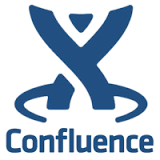


Guide developers on patterns and practices


Like writing tests
and pair programming
Choosing the right languages & frameworks

to help decrease decision fatigue






All developers not the same
- Some love JavaScript; others hate it
- Some love DevOps; others hate it
- Some love heads down coding; others love socializing
- Some love writing tests; others hate it
- Some will love you; others will hate you.
Your job is to help make each developer successful.
In return, they'll help make you successful.
Don't sweat it.
build and deploy
How many environments?

Minimum of three: Dev, QA, Prod
Four would be better: Dev, QA, Staging/UAT, Prod
Discipline and feature toggles can alleviate need for staging
What does "environment" mean anyway?





Continuous Integration / Delivery

https://www.openmakesoftware.com/images/ReleaseEngineer/CI-CD.png
reduces decision fatigue and lowers friction through automation of the mundane
Bootstrapping decisions


Web services not UI



Dev


We'll assume we'll start with a layered monolith for now

Defer what you can and try to keep the cost to change low
Stage


QA
Prod
the power of hello world
HelloWorld.groovy
class HelloWorld {
static final String DATE_FORMAT_PATTERN = 'MM-dd-yyyy'
LocalDate currentDate
String dateFormat
String greet(String name) {
name = name ?: 'there'
currentDate = currentDate ?: LocalDate.now()
dateFormatP = dateFormat ?: DATE_FORMAT_PATTERN
String dateStr = currentDate.format(DateTimeFormatter.ofPattern(dateFormat)
name ? "Hello $name. Today's date is $dateStr"
}
}HelloWorldSpec.groovy
class HelloWorldSpec extends Specification {
HelloWorld helloWorld
void setup() {
helloWorld = new HelloWorld()
helloWorld.dateFormat = 'MM-dd-yyyy'
helloWorld.currentDate = LocalDate.of(2016, Month.APRIL, 15)
}
@Unroll
void "When providing a name, Hello #name will be output as #output"(String name,
String output) {
expect:
output == helloWorld.greet(name)
where:
name || output
Jack || "Hello Jack. Today's date is 04-15-2016"
null || "Hello there. Today's date is 04-15-2016"
'' || "Hello there. Today's date is 04-15-2016"
}
// more tests omitted
}HelloWorldIntSpec.groovy
class HelloWorldIntSpec extends Specification {
static ApplicationContext appCtx
HelloWorld helloWorld
void setupSpec() {
appCtx = new GenericGroovyApplicationContext("classpath:Spring/Beans.groovy")
}
void setup() {
helloWorld = appCtx.getBean(HelloWorld)
helloWorld.currentDate = LocalDate.of(2016, Month.APRIL, 15)
}
void "verify Spring injected default pattern"() {
when:
String output == helloWorld.greet(name)
then:
helloWorld.dateFormat
output == "Hello Jack. Today's date is 04-15-2016"
}
}What can I do with a few baseline decisions and three artifacts?
- Document architecture, setups, and justifications in Confluence
- Create JIRA epics and initial stories
- Develop API and UI locally using selected tools
- Verify Lint, CodeNarc, or other quality measurement tools
- Create a Git repo to house it
- Configure build job to build it and run unit tests
- Integrate Slack webhooks informing channel of build failures
- Verify remote build and test
- Install and configure code coverage tools
- Manually do artifact repo provisioning, then script it
- Configure automated job to deploy artifact(s) to repo
- Manually do DEV provisioning, then script it
- Configure job to deploy artifact(s) to DEV
- Configure job to run smoke tests
- etc.
Product
Build - Measure - Learn

from the essential The Lean Startup by Eric Ries
The MVP [minimum viable product] is that version of the product that enables a full turn of the Build-Measure-Learn loop with a minimum amount of effort and the least amount of development time.
Eric Ries, The Lean Startup
What architectural pattern should we use?
Architectural Patterns

This is typically a monolithic app
Architectural Patterns

Architectural Patterns

Architectural Patterns

Architectural Patterns

Architectural Patterns

This is the antithesis to the monolithic app
7 Principles of Microservices

Architecture Agility
The ability to respond quickly to a constantly changing environment
Microservices bring complexity






Microservices bring complexity














Avoid complexity until you really understand domain

http://martinfowler.com/bliki/MonolithFirst.html
Start with a monolith

Divide it along it bounded contexts

The disappearing monolith

- Almost all the successful microservice stories have started with a monolith that got too big and was broken up
- Almost all the cases where I've heard of a system that was built as a microservice system from scratch, it has ended up in serious trouble.
Martin Fowler, http://martinfowler.com/bliki/MonolithFirst.html
Always ask, "How will we test this?"

Measure everything

Process. Performance. Failure rates. Everything.
Minimize complexity by resisting RDD

RDD = Resume Driven Design
Finally, work hard and play hard

You will have earned it.
Summary
- People
- Process
- Product
Questions?
Resources
-
People
- https://en.wikipedia.org/wiki/Stakeholder_management
- http://www.romanpichler.com/blog/10-persona-tips-agile-product-management/
-
Process
- http://gen2.ca/DBHS/Articles/TOK/DecisionFatigue.pdf
- https://www.computer.org/csdl/mags/so/2016/01/mso2016010066.pdf
-
Product
- http://martinfowler.com/bliki/MonolithFirst.html
- Building Microservices, Sam Newman, O'reilly
- Anything from Neal Ford & Mark Richards & Matt Stine & Venkat
All animated GIFs from giphy.com

Thanks!
Feel free to connect with me
- LinkedIn
- linkedin.com/in/jackfrosch
- Twitter
- @jackfrosch
- Email
- jackfrosch@gmail.com
Architect’s Guide to Bootstrapping a Software Project
By Jack Frosch
Architect’s Guide to Bootstrapping a Software Project
- 2,755



